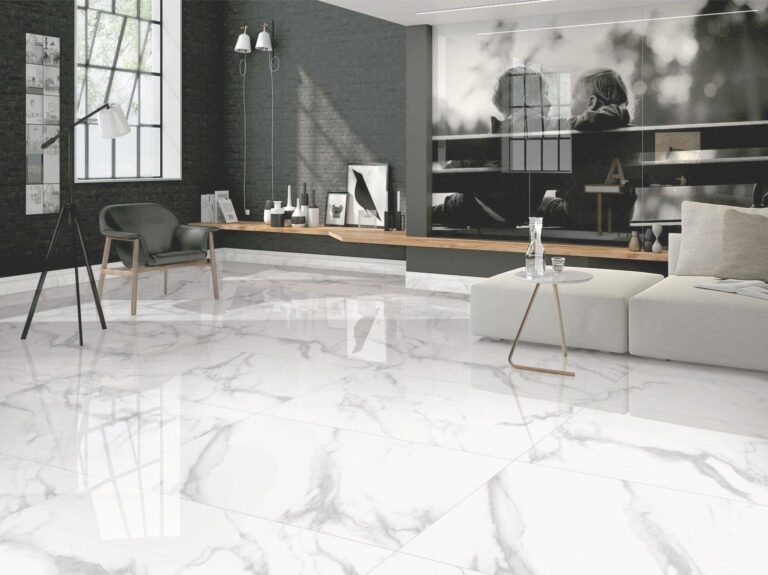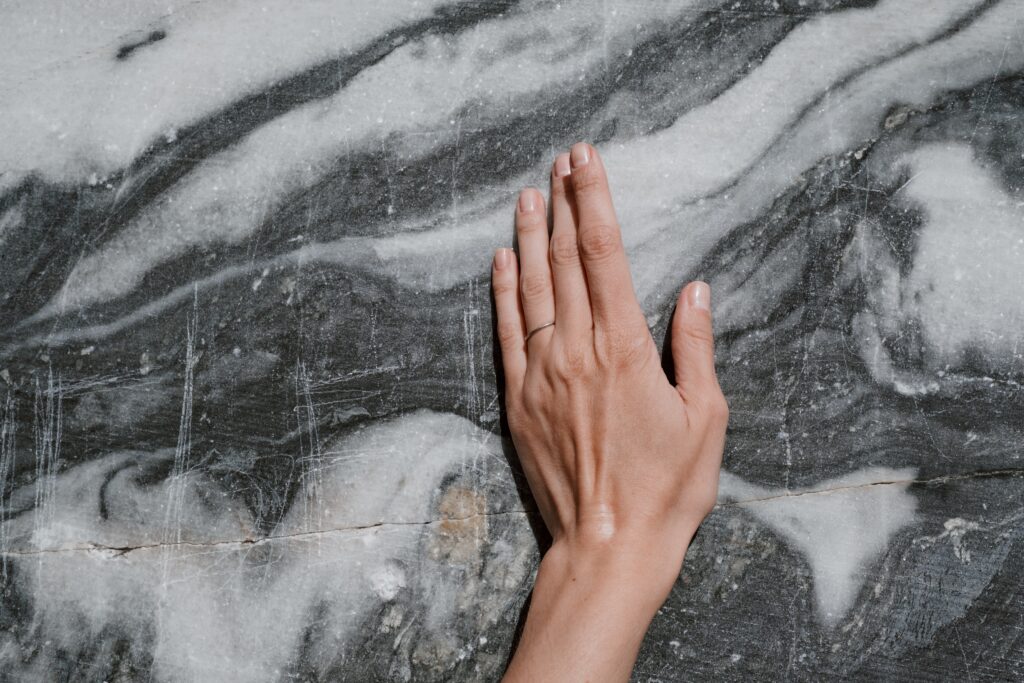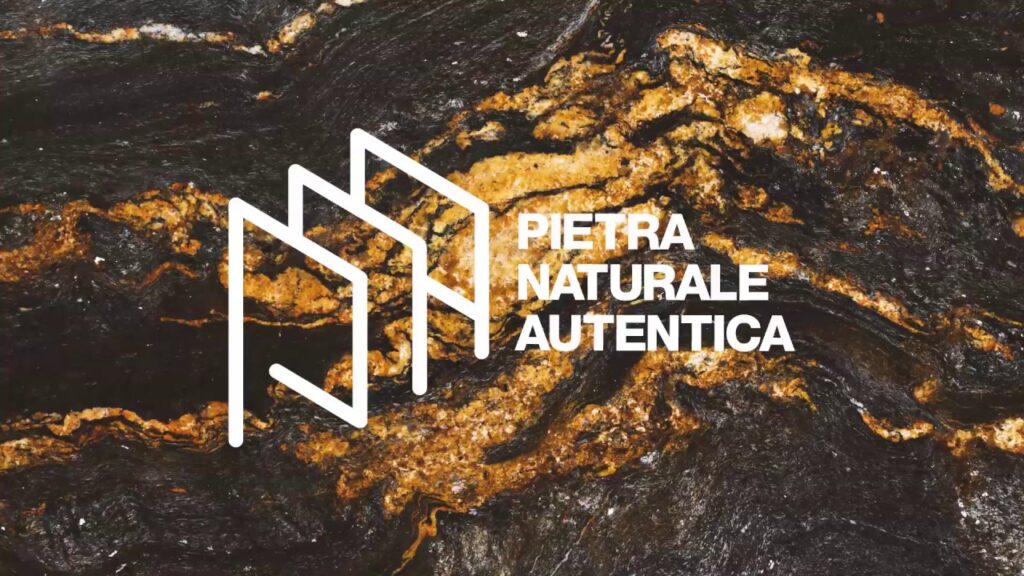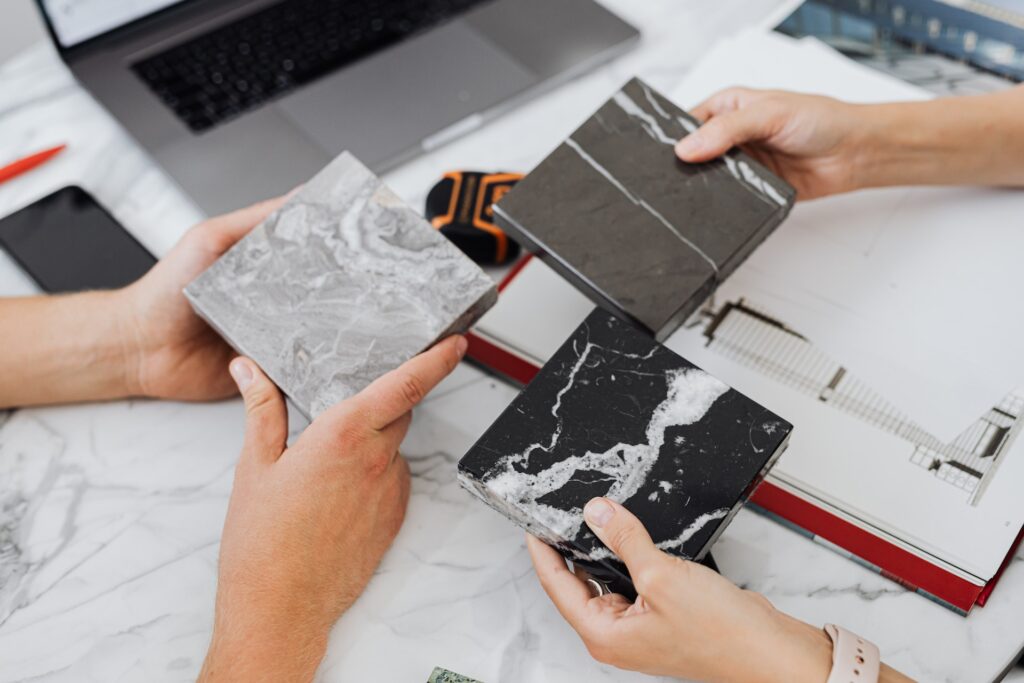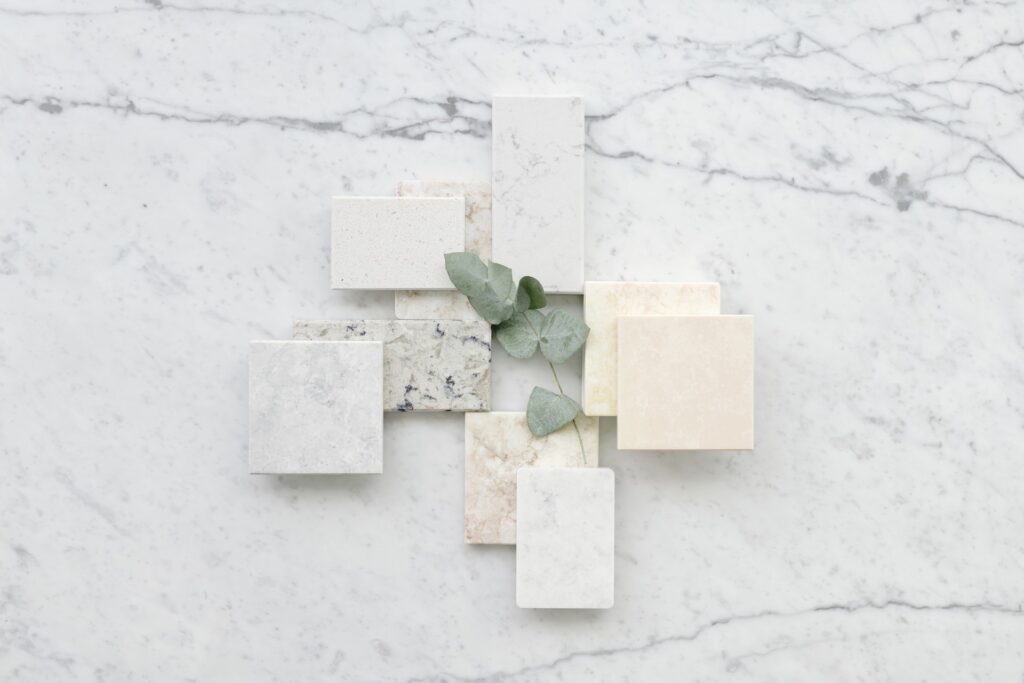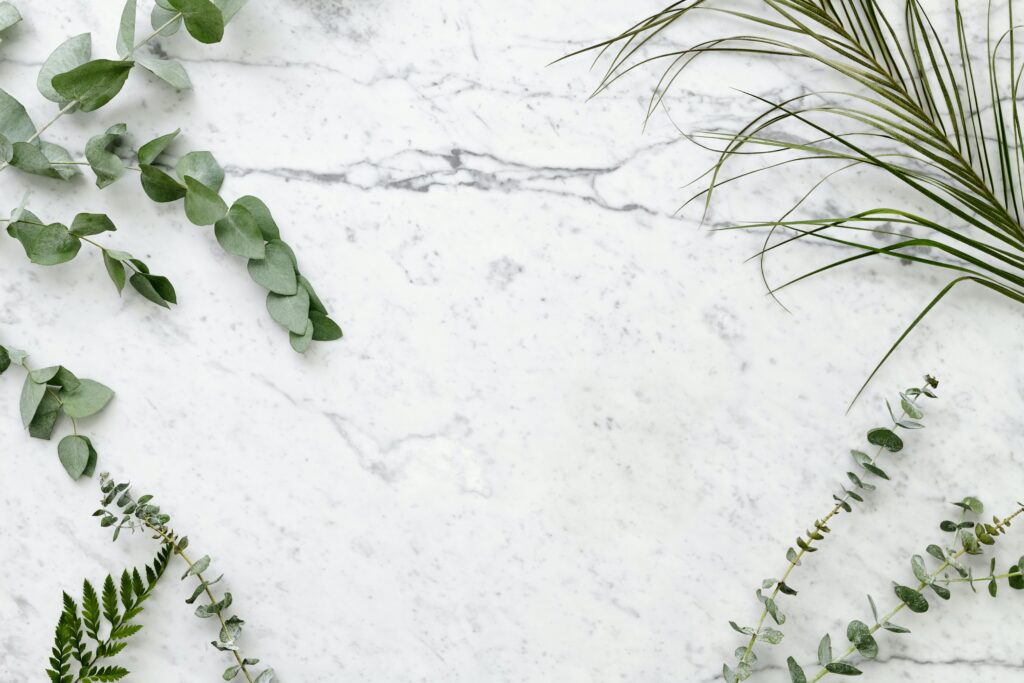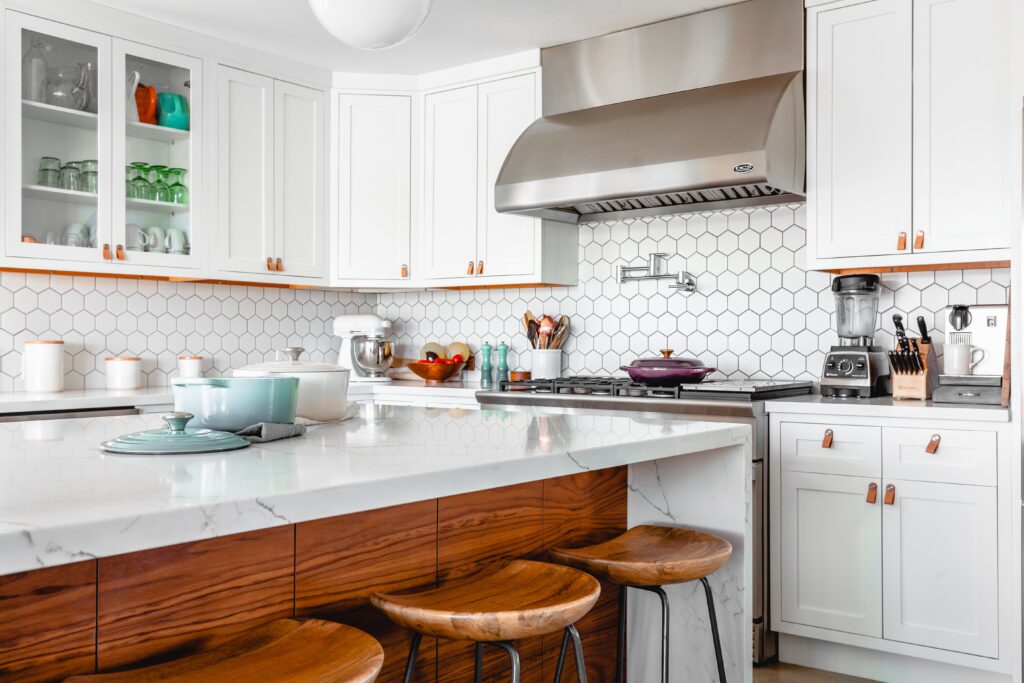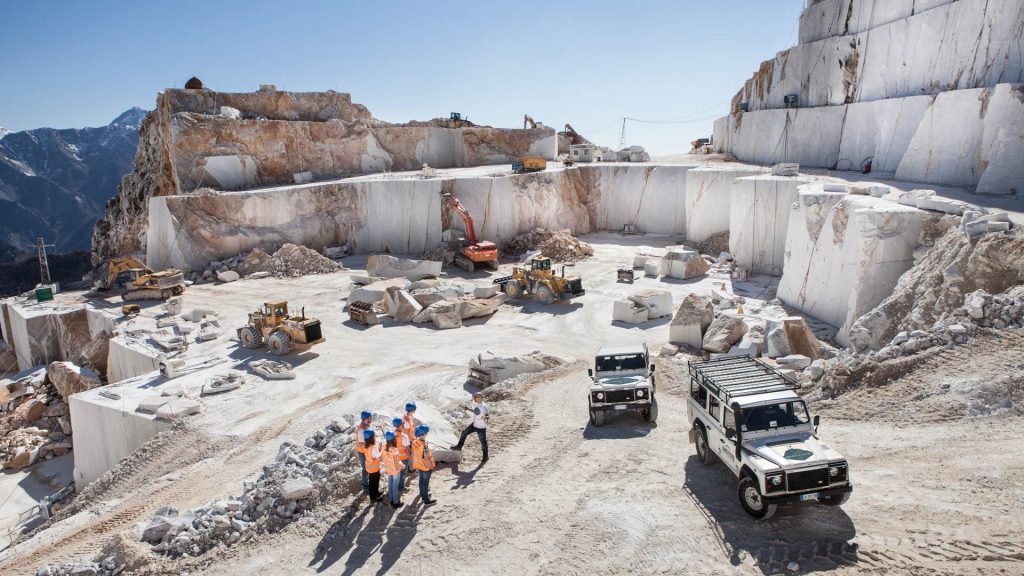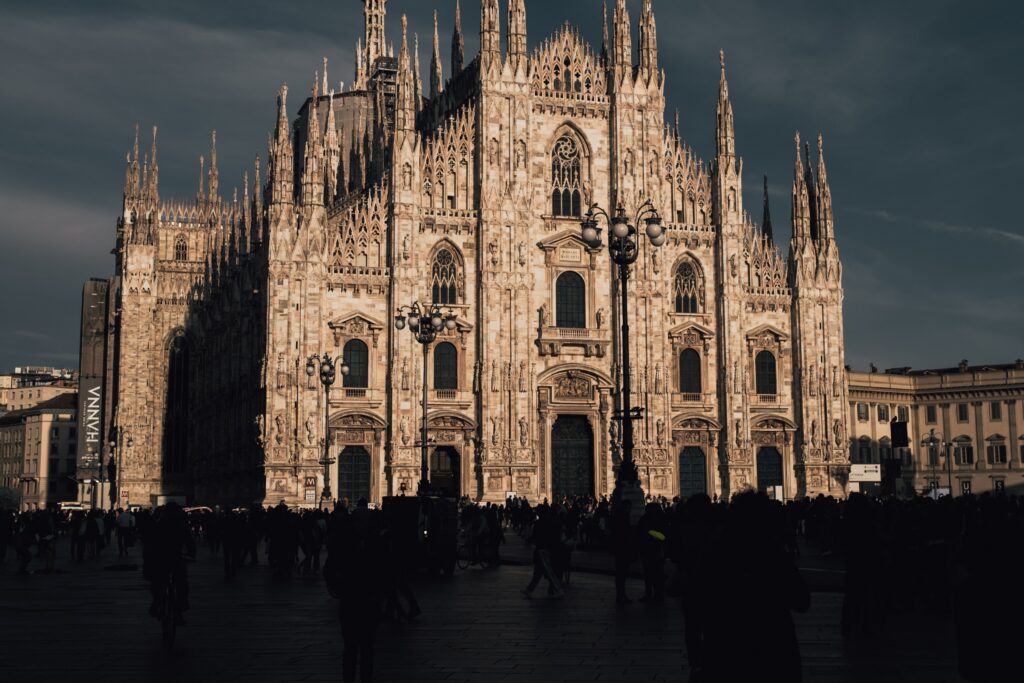Italian marbles: the point of the situation
Index
Italian marble, a worldwide reference standard
Italian marble, represented par excellence by Carrara marble, represents a global standard of reference to which the whole world turns to represent style, refinement and charm never equaled by similar materials produced in other places on the planet. Statuario, Calacatta, Arabescato, Venatino are icons that go beyond time and space, defining with a single word an entire world of classic and at the same time extremely current values.
Why choose Italian marble?
Marble and natural stone have accompanied man since the dawn of his origins. Every architectural work and every piece of furniture made with Italian marble expresses a unique and unrepeatable beauty and charm. There is no artificial material that can in any way give the same warmth, the same exclusivity. Furthermore, marble, like any natural stone, is a pure and inert material, and at the end of its life cycle, it does not produce toxic or dangerous waste, on the contrary, it is very often reused as a filler for road surfaces or drainage because it is not released into the environment any toxic substances.
PNA® (Pietra Naturale Autentica): what's this?
PNA | Pietra Naturale Autentica is a collective trademark registered by the Italian Marmomacchine Association, a member of Confindustria and is the response to the numerous requests received over time from companies and individual entrepreneurs interested in activating a strong communication campaign in support of authentically natural stone products in response to the great proliferation of synthetic imitations of marble, granite and natural stone through structured communication initiatives such as website tags and dedicated social channels and leading participation in Milan Design Week 2019.
The PNA Network | Pietra Naturale Autentica was born to promote authentically natural stone products
and to counter the growing pressure of artificial materials (called “FAKE”) that use names, colors, and textures typical of natural stone.
PNA activities also extend to educational-training activities organized in collaboration with:
- NABA (New Academy of Fine Arts)
- IED (European Institute of Design).
How to choose a block of marble
Each block has a story: the block of marble must be understood in all its aspects to understand how best to exploit its beauty and potential. Many years of experience are needed to be able to professionally face a correct technical evaluation, which is then reflected in a correct economic evaluation. Being assisted by a professional with proven experience in the type of material specifically required is certainly a advisable choice, in order to correctly evaluate each specific aspect of the material available and at the same time access and understand all the alternative options available.
The colors of marble
Italian marble offers a rich and refined range of colors: from the warm white of Calacatta to the cold white of Statuario, to the range of beiges of Botticino, of Perlato in all its shades, of Imperial Daino. We find the Collemandina red and the classic Verona red and rosé of Pietra Vicentina. There are many shades of Grey, from Bardiglio Apuano to Billiemi Siciliano, up to Grigio Carnico coming from the Italian-Austrian borders. And then the Nero di Ormea and Nero Cattani recently offered on the market. There is no shortage of Issogne Green and Siena Yellow, up to the chromatic multiplicity of the various Italian breccias, which from Brescia, Sardinia, and Sicily give us the most precious nuances
The veins and textures of marble
The range of designs and morphologies that are represented in Italian marbles is impressive: the iconic veins of Statuario or the more delicate ones of Venatino, the uniformity of Lorano white or the unmistakable perforations of Travertine, how to navigate among the kaleidoscopic effects of breccias or rather in the unmistakable veins of Botticino Classico, similar to traces of an electrocardiogram floating among almonds suspended in the air.
Marble applications
When we say Italian Marble we mean safe and certified applications, as well as from always available and authentic laboratory analyses, also from countless architectural applications, sometimes dating back thousands of years ago, which marry the concept of stone synonymous with eternity. Natural stone can be re-polished, its generous mass always gives a solution and for this reason the best architects choose to use Natural Stone as the queen solution to meet full customer satisfaction.
Main extractive basins in Italy
In order of importance, we recall the Apuan Versiliese district which includes Carrara, Massa (MS) and the Garfagnana (LU), the Botticino-Nuvolera basin (BS), the travertine extraction area of Tivoli-Guidonia (RM), the quarries of Serpeggiante di Apricena (FG), the agro-marble of Orosei (OT) for Daino, the concentration of Perlato and Perlatino in Custonaci (TP). These are some of the main ones, but the Italian peninsula including the Alps offers many other small and medium-sized mining areas where we find classic materials that are sometimes even forgotten and are today the subject of renewed commercial interest.
Italian ports serving the marble trade
The main Italian ports serving marble are: La Spezia for Carrara marble, Venice for Botticino, Civitavecchia for Roman Travertine, Olbia for Daino Sardo, Bari for Apulian marbles such as Serpeggiante and Trapani for Perlato and Perlatino . In particular cases, other Italian ports are involved, in consideration of the favorable position with respect to the extraction areas but sometimes also in function of the convenient cost or the destination location.
History and architecture
Architecture and Marble are almost synonymous in marvelous Italy, which thanks to the intensive use of Marble and Granite have been able to hand down through the centuries and then the millennia works such as the Colosseum, made of Travertine, the Altare of Patria in Carrara marble, but also many buildings famous all over the world such as the Tower of Pisa and the Duomo of Florence. Over the centuries, religious architecture has undoubtedly favored the use of marble as a central element in the decoration of interiors and exteriors and the construction of altars, columns, floors, and stairways. Natural stone also finds its most widespread use in street furniture: squares, fountains, and stone porticoes fearlessly challenge time and the elements, giving eternity to each application.
